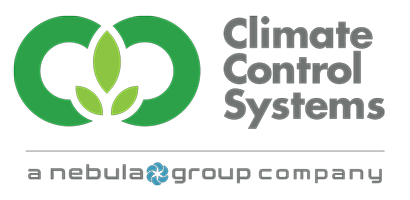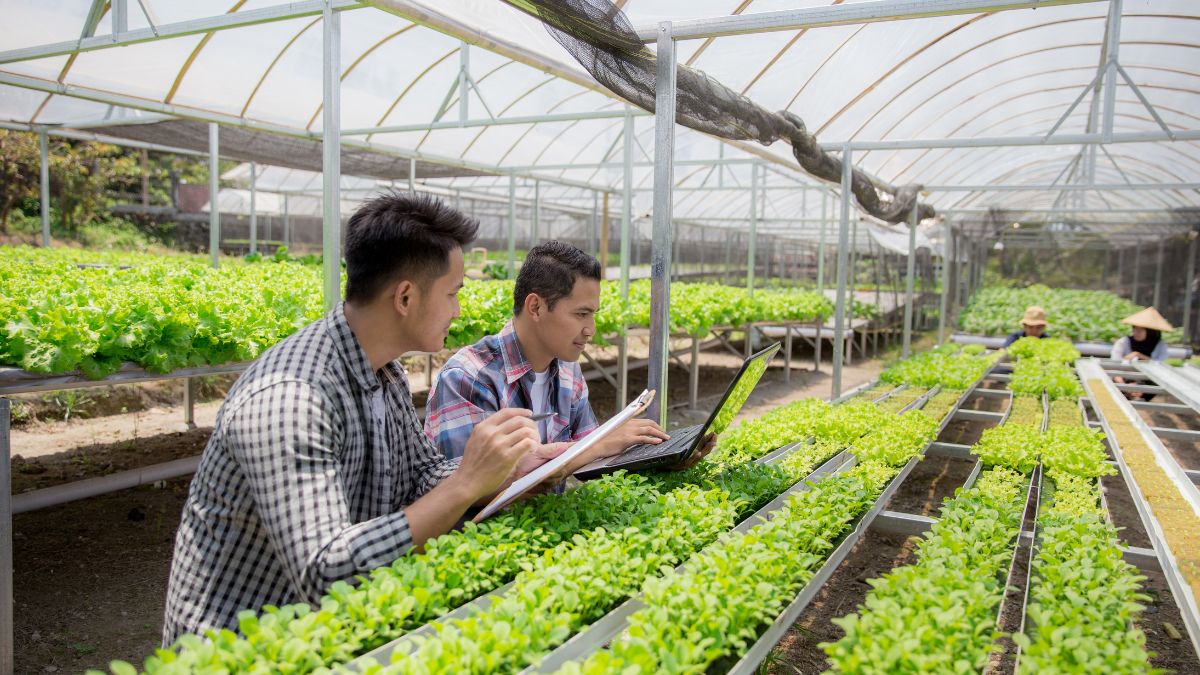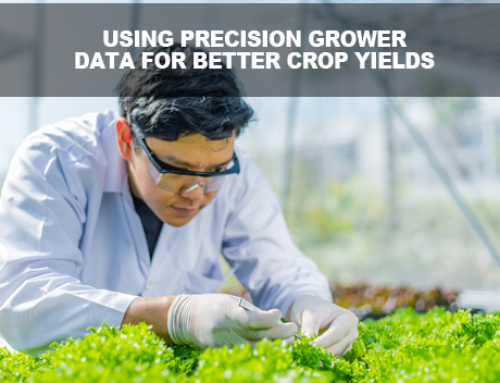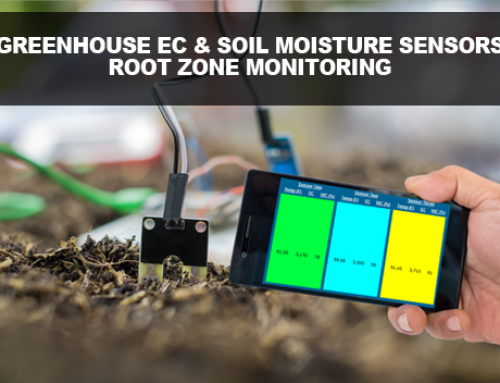When it comes to feeding plants, there are several methods that growers can choose from, including inline mixing and batch mixing. While both methods have their benefits, inline mixing offers several advantages over batch mixing for feeding.
The Many Benefits of Inline Mixing
First, inline mixing allows for a more precise and targeted feeding of plants. With inline mixing, the fertilizer and water are mixed as they pass through the irrigation system, meaning that the plants receive a consistent and uniform level of nutrients. In contrast, batch mixing requires growers to mix a large amount of fertilizer and water together before applying to the plants. This process can lead to uneven feeding, resulting in some plants receiving too many nutrients while others receive too few.
Greater Management of Nutrient Levels
Another significant advantage of inline mixing is that it allows for greater control over the nutrients being fed to plants. With inline mixing, gardeners can adjust the nutrient levels depending on the plants’ growth stage, ensuring that they receive precisely what they need to thrive. Additionally, inline mixing allows gardeners to tailor their feeding programs to the specific needs of their plants, making it easier to correct any nutrient deficiencies or imbalances.
Inline mixing can also be more efficient than batch mixing for feeding. Because inline mixing is automated, growers can save a significant amount of time and labor compared to batch mixing. Additionally, inline mixing uses less water than batch mixing, which can be especially important in areas where water is scarce or expensive. Why do you use less water?
More Real-Time Dosing Control
Inline mixing allows for real-time dosing and precise control over the mixture’s parameters. This control means that factors such as viscosity, temperature, pH, and chemical reactions can be monitored and adjusted in real-time. In contrast, batch mixing requires more testing and adjustment, which can lead to delays and a more labor-intensive process.
Finally, inline mixing can help reduce waste and environmental impact. Because inline mixing is more precise and targeted, it ensures that plants receive only the nutrients they need, reducing the amount of excess fertilizer that can leach into the environment. Additionally, because inline mixing can be adjusted depending on the plants’ growth stage, growers can use less fertilizer overall, making it a more sustainable and eco-friendly option.
In conclusion, while both methods of feeding plants have their advantages, inline mixing offers many benefits over batch mixing for feeding. These benefits include precision, greater control, efficiency, and reduced waste and environmental impact. By implementing inline mixing, growers can save time and labor, use less water and fertilizer, and ensure that their plants receive precisely what they need to grow strong and healthy.



